In a quiet Alpine village on the South Island of New Zealand, a tiny company run by a 71-year-old billionaire is hard at work bringing his seemingly impossible dream to life: developing a publicly available track car that could potentially go faster than an F1 racecar.
For reference, F1 cars weigh about one third of an average sedan, make over 1,000 hp, hit speeds of about 233 mph (375 km/h) on race circuits, and cost around $16 million each. So Rodin Cars has its work cut out for itself. But entrepreneur David Dicker and his team are determined to make it happen, and to show that it can be done at a fraction of what professional racing teams spend.
That dream will take the form of the Rodin FZERO, which has been in the works for eight years now, and still has a ways to go. The plan is to engineer it for an ungodly output of 1,500 hp, while keeping its weight just under 1,543 lb (700 kg).
Here's how Rodin intends to pull this off, and how far it's gotten already.
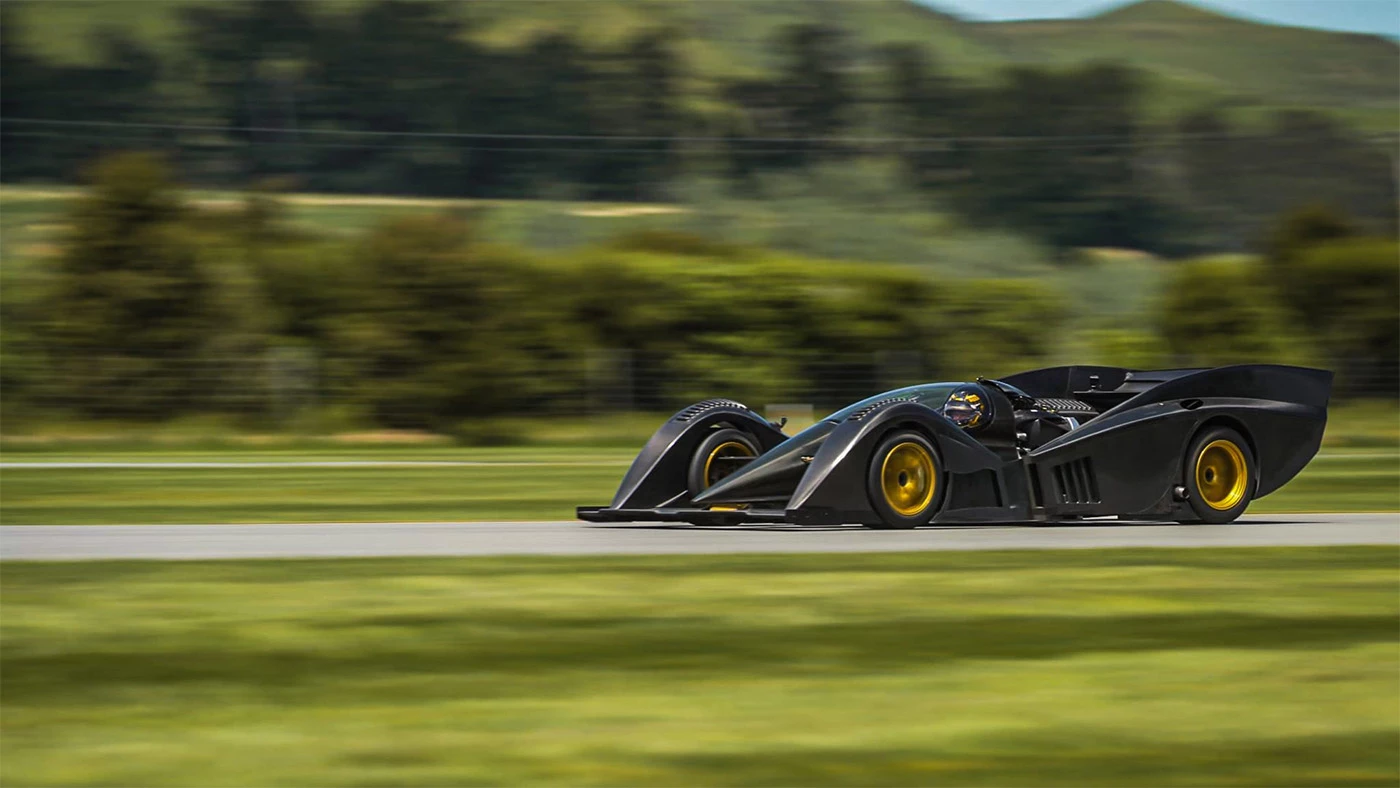
Setting the wheels in motion
Dicker has been in the let's-build-F1-cars-but-for-fun business for several years now. Back in 2016, he bought five unsold chassis of the Lotus T125 concept car, and rebuilt them for greater performance. The Rodin shop went about upgrading the 3.8L Cosworth GPV8 engine to eke out a total of 675 hp, crafting fresh parts for the car in titanium, and reducing its weight by 8%, down to just 1,342 lb (609 kg).
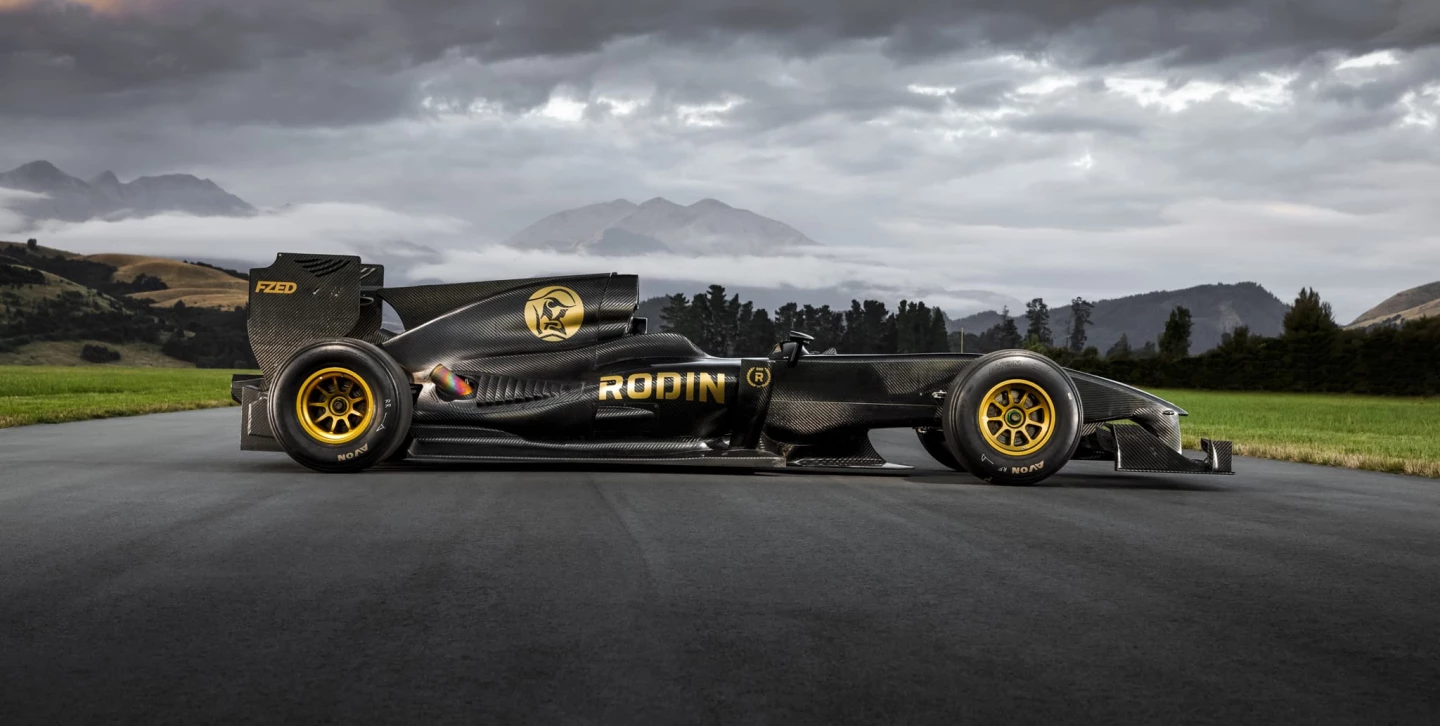
The finished product – dubbed the Rodin FZED – manages a top speed of 186 mp/h (300 km/h) and can be had for about US$650,000. That's a whole lot of racecar performance for a sliver of what an F1 car would cost you. What's more, Dicker told Forbes, "If you buy an old Formula 1 car, you can’t get parts. With ours, it’s a production car, so we make the parts."
Now how do you go about building high-performance cars like this? You start with a state-of-the-art production facility. Rodin's 27,000-sq-ft (2,508-sq-m) shop, complete with a foundry for casting engine blocks and an elite collection of 3D printers, sits on a stunning 2.2-square-mile (5.7-sq-km) property on the edge of a mountain range on South Island. The plot is also home to three – yes, three – test tracks.
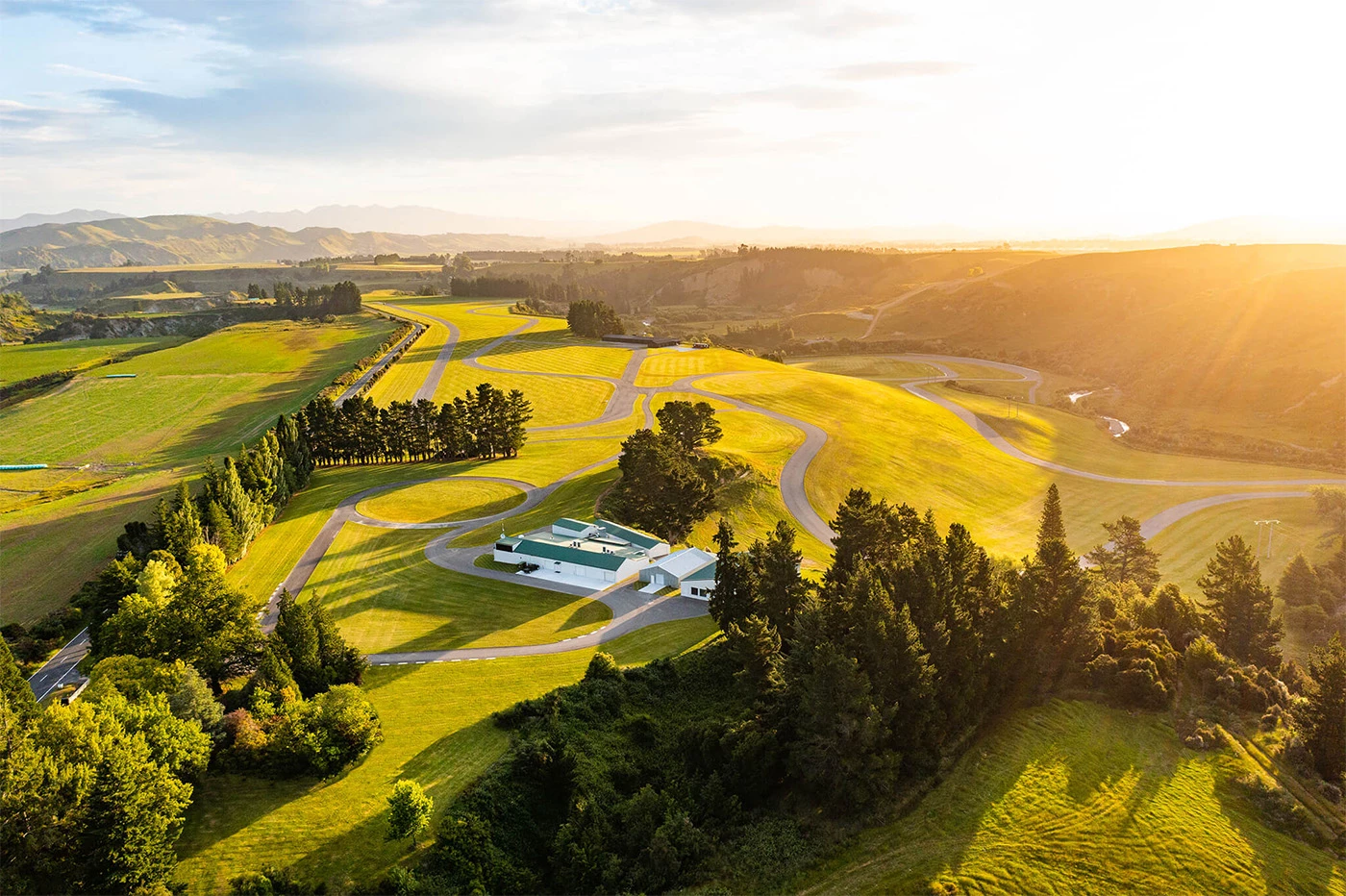
The big idea behind Rodin is to build cars without bothering about vehicle regulations – in stark contrast to F1 cars, which are subject to several rules around how they're put together. Rodin's cars are meant for enthusiasts who want their own Grand Prix experience. Plus, Rodin works towards making its cars a bit more reliable and easily drivable than F1 machines, which are driven so they hard they need to be rebuilt every time they're out on the asphalt.
The next big dream
The FZED was just the beginning of what Dicker wants to unleash on the automotive world. Building on this effort, Rodin embarked on its next ambitious project, the FZERO. In order to exceed the capabilities of its first car, the team had to start from scratch.
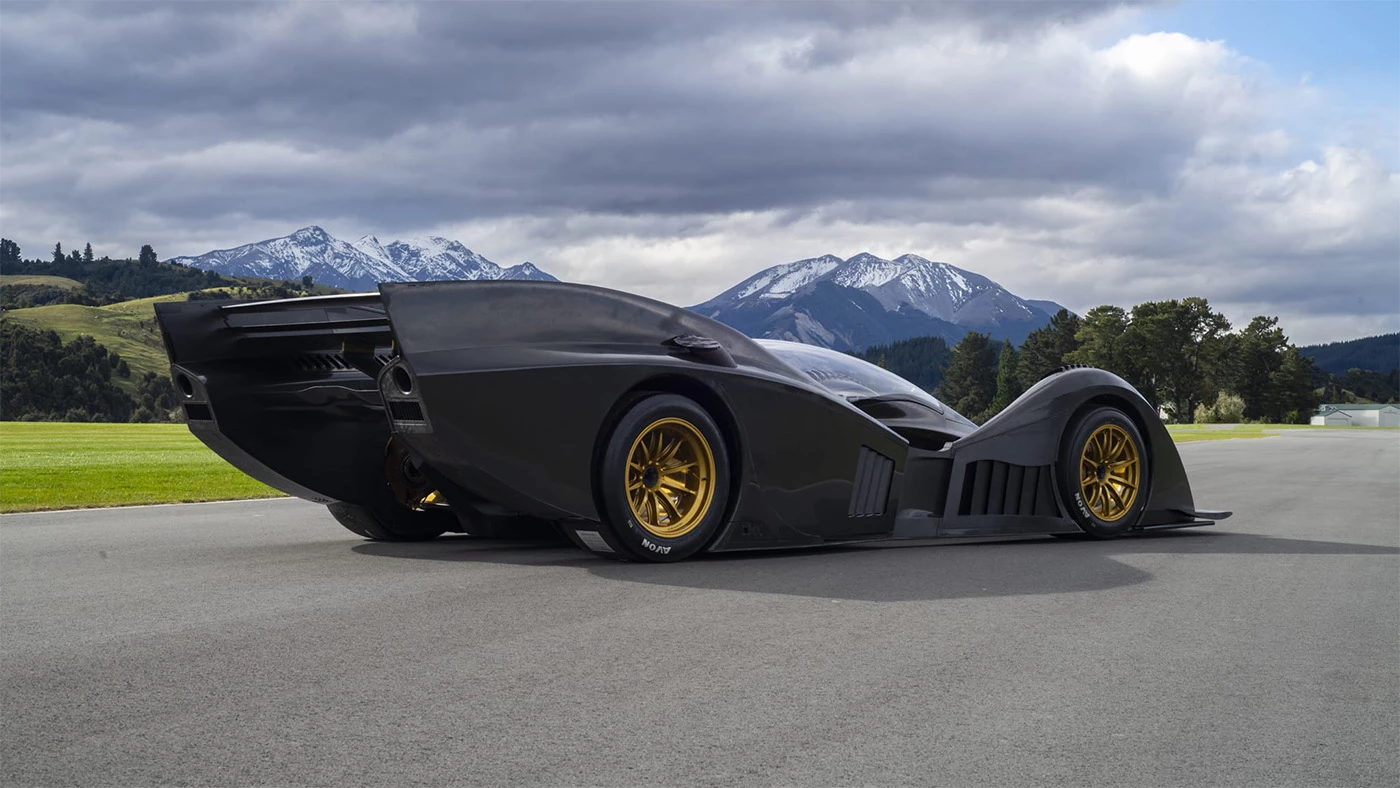
That effort resulted in the concept behind this machine: a single-seat, closed-canopy, open-wheel racecar with absolutely massive fenders, a custom engine, and aerodynamics designed for a boatload of downforce. What you see here is an incredibly capable early version made from carbon fiber and titanium, with a compact, ultra-light twin-turbo 4-liter V10 engine on board.
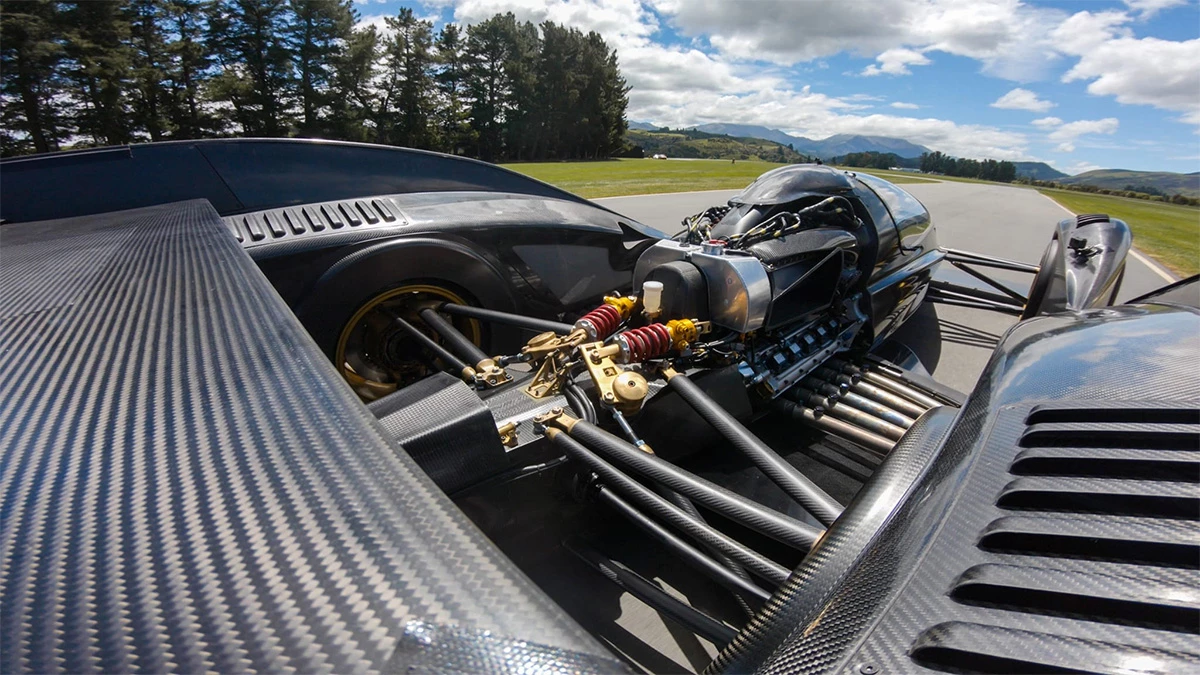
There's also a custom gearbox built and designed by engineering shop Ricardo to Rodin's specifications along with F1-style forged magnesium wheels, plus titanium components including wheel hubs, steering wheel, and suspension components. Combined with the aerodynamic elements around the chassis, this version makes a blistering 1,013 hp.
Rodin has come a long way from the FZERO's drawing board, having run a prototype around the track in December 2023 and taken production of the bespoke engine in-house. The plan is to tighten up the fenders, bring down the weight to 1,540 lb (698 kg), achieve a mind-blowing 8,820 lb (4,000 kg) of downforce, and hit peak output figures of 1,500-1,600 hp.
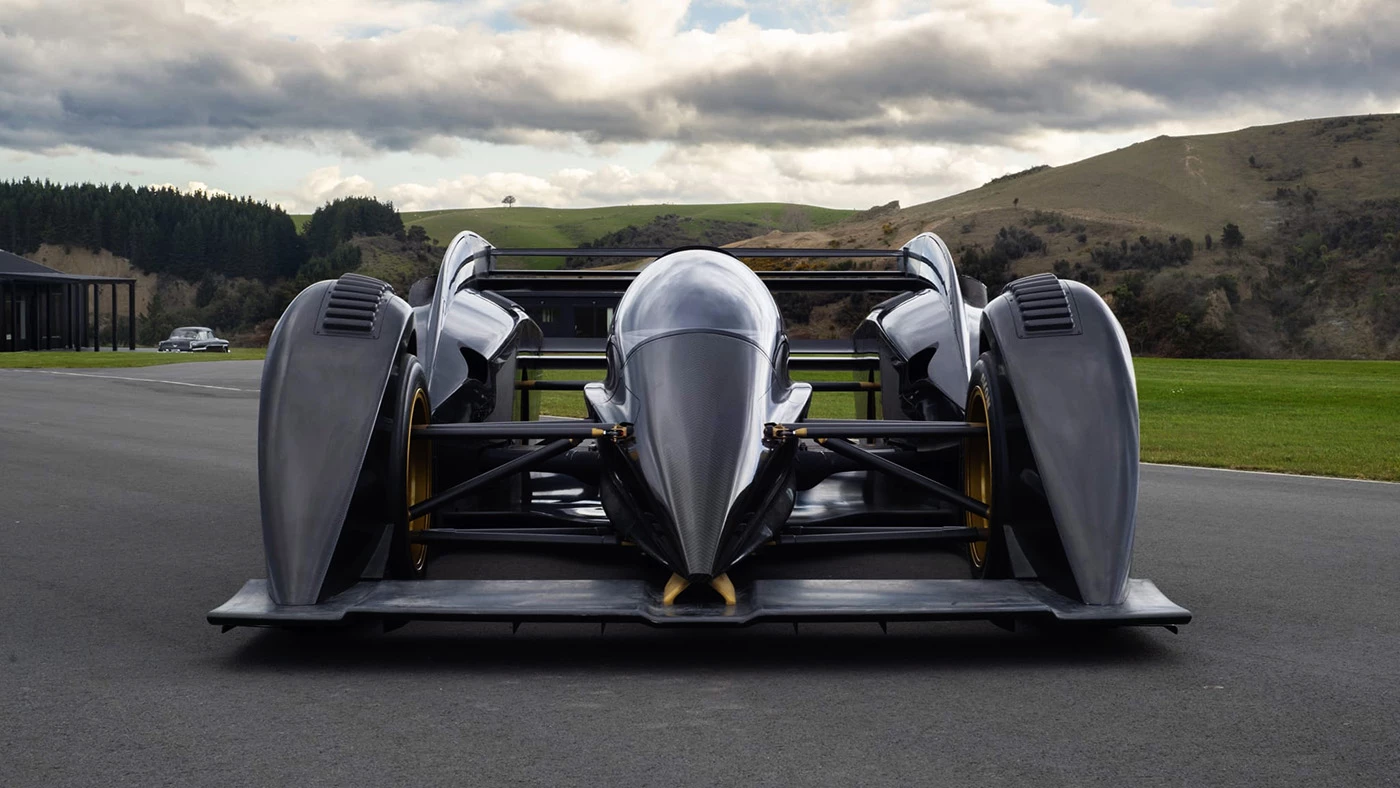
Even at the lower end of that range (i.e. 1,500 hp), that'll make for an outrageous power-to-weight ratio of 2,149 hp per ton. That would be a massive jump over Red Bull's 1,210-hp-per-ton RB17 hypercar, which, for reference, bests Max Verstappen's 1,137-hp-per-ton RB20 F1 car.
Once that's done, Rodin hopes to build and sell about 30 units of the FZERO. They'll cost about $1.3 million a piece. That's less than a tenth of what a full-fat F1 car from a competing team will cost you – so if you've got access to race tracks in your area and the skills to handle a race-ready machine, you'll want to add this to your wish list.
Top Gear got its man Ollie Marriage out to Rodin's facility in New Zealand last month. Check out the video and stay till the end to hear the V10 spin up.
Company website: Rodin Cars






